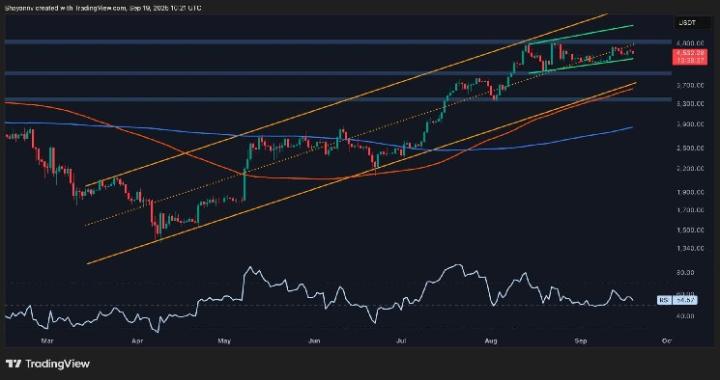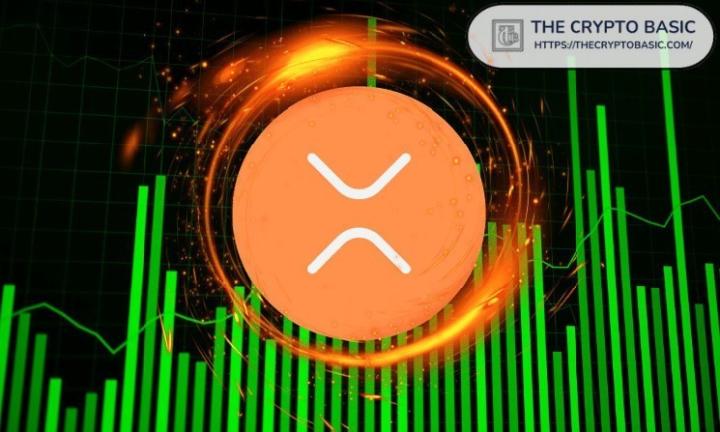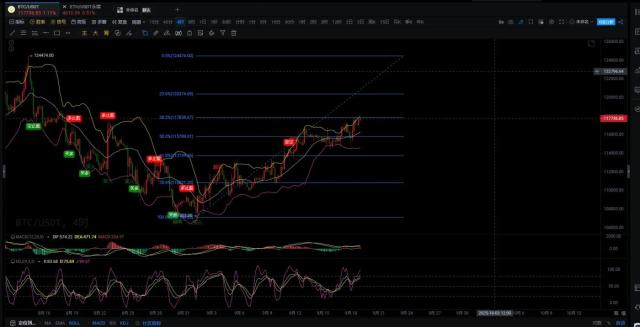What started as side bets on politics or sports is now colliding with macro, markets, and media. According to analysts at research and brokerage firm Bernstein, prediction markets are becoming a new interface for information, where crypto, AI, and news all converge — with Polymarket, Kalshi, Robinhood, and Coinbase positioning to dominate.
Put simply, prediction markets let people trade contracts tied to future events. Prices, usually between $0 and $1, reflect the market's view of the odds — for example, whether Nvidia's earnings will beat or miss — and because real money is at stake, the markets turn expectations into live, measurable signals.
The scope of such markets is already staggering, Bernstein analysts led by Gautam Chhugani highlighted in a note to clients on Thursday. Over $200 million on Polymarket and $85 million on Kalshi was traded on yesterday's 25 bps Fed rate cut decision alone, and whether or not Taylor Swift announces a pregnancy in 2025 is one of the most liquid contracts.
The main battle is between those two venues. Polymarket, a decentralized, crypto-native platform built on Polygon/Ethereum, saw a monthly volume peak above $2.6 billion around the U.S. presidential election — more accurately predicting the results than traditional polls. Meanwhile, Kalshi, a regulated, centralized U.S. exchange, has already topped a record $1.3 billion in September, surpassing Polymarket's $700 million over the same period.
"Until very recently, Polymarket could not serve U.S. customers. However, with regulatory clarity emerging on prediction markets (by both CFTC/SEC), Polymarket is all set to launch a KYC compliant platform in the U.S. following a no-action CFTC letter," the analysts said. "Kalshi on the other hand is now working hard on crypto/blockchain integration (announced Solana/Base partnership yesterday), as it looks to tap global non-U.S. markets and further strengthen distribution and on-ramp from the blockchain ecosystems."
Regulatory clarity and mainstream adoption
Mainstream adoption is following fast, the analysts said, primarily through partnerships and new product launches across major platforms. Robinhood's Kalshi-powered prediction hub processed $1 billion in Q2 notional volume, equivalent to a $40 million annual revenue run-rate, and accounting for 50% of Kalshi's Q2 volume. Meanwhile, Coinbase is also preparing to add prediction contracts as part of its "everything exchange" vision, alongside tokenized equities, and Interactive Brokers launched its own prediction market, ForecastEx, last year.
Social and AI integration is accelerating too, with X recently naming Polymarket its official prediction partner, while Elon Musk's xAI is collaborating with Kalshi to integrate Grok and provide AI-driven odds analysis.
Regulatory clarity and support are the key unlock, in the analysts' view. After years of enforcement risk, Polymarket won a path back into the U.S. via its $112 million QCEX licensed derivatives exchange acquisition and a no-action letter from the CFTC. Kalshi, meanwhile, cemented its moat through a federal court victory allowing political contracts, with the CFTC later dropping its appeal. Together, the two platforms have cleared the regulatory overhang that now makes them investable distribution partners, they argued.
"We believe, strong regulatory clarity is paving the way for evolution of existing markets to an all-encompassing prediction market i.e from fixed predefined contracts on regulated exchanges/broker-dealers to more flexible and bespoke contracts, finding liquidity via crypto/blockchain," the Bernstein analysts said.
Chhugani maintains long positions in various cryptocurrencies. Certain affiliates of Bernstein act as market makers or liquidity providers in the equity securities of Robinhood and Coinbase.







